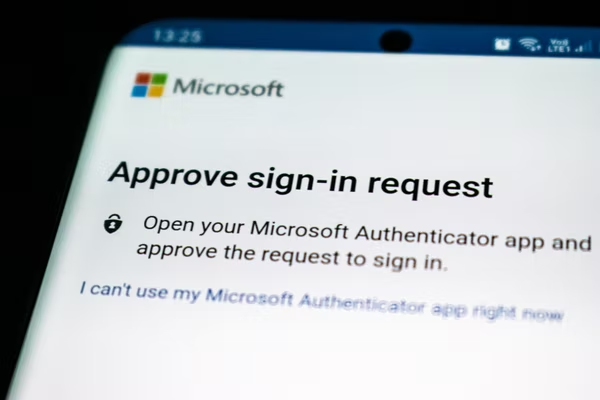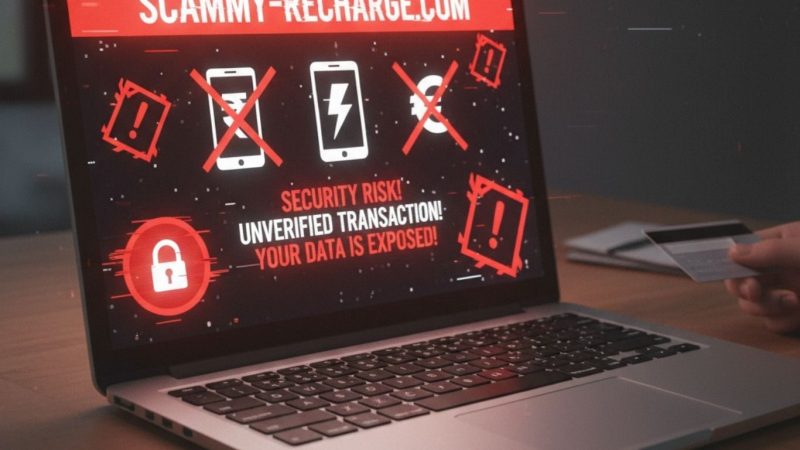How does Two-factor Authentication Enhance the Security of Your Business?

Have you ever seen jewellery or a luxe clothing shop guarded with only a simple lock and key?
Before the era of high-tech motion sensors and security alarms, the management used many innovative techniques to keep expensive goods safe in the shop. For instance, the jewellers used to place fake diamonds to protect the real ones while closing the shop.
Like diamonds are to jewellers, data is your most precious asset and must be protected at all costs. Is just a username and password adequate security measures for such sensitive information?
These days usernames and passwords are like the simple lock and key that an average cybercriminal can easily decode. With the help of technology, hackers can now test hundreds and billions of password combinations each second. So, that means they have the means to access 90 percent of the passwords primarily used to guard corporate data.
Most multinational tech companies like Twitter, Linkedin, and Google have adopted additional security measures to protect user data, including two-factor authentication, also known as 2FA.
What is Two-Factor Authentication?
2FA verifies the identity of a person trying to access a device or an account. It is a premium security feature integrated into the internal business system to keep company data and user information safe and secure.
2FA is also known as the two-factor verification process or two-step authentication in the market. In layman’s terms, the first factor is something you know, like login credentials, and the second involves a device like a smartphone currently in your possession.
Two-factor authentication providers consider two of the three kinds of evidence used for identity confirmation. They are:
- Knowledge: Information known only to the user password and username or question and answer. For instance, the name of your pet or school.
- Possession: A device like a smartphone or a tablet where the authenticator can send a passcode
- Inheritance: A unique characteristic like biometrics, voice recognition, retina scan, or fingerprint
How Does Two-Factor Authentication Help Improve Business Security?
Improved Security:
With two-factor authentication, the users must provide more than one credential to gain access. So, even with the help of stolen devices, passwords, or individual information, a hacker will not be able to access the account.
A 2018 Ping Identity survey found that IT and security professionals consider two-factor and multi-factor authentication to be the most effective form of security for protecting cloud and internal data.
Validates Consumer Identity:
Two-factor authentication is an efficient way to protect user data and prevent consumer identity theft. Two-factor authentication providers take data security seriously and implement an additional step over traditional login credentials.
Two-factor authentication providers send the OTP via email, SMS, or an automated phone call. So, the user will need both parts of evidence to gain access to the information or account. Therefore, cybercriminals have a tough time hacking into the account as they might be missing one piece of the information required for authentication.
Easy Implementation:
Two-factor authentication is a non-invasive technology and relatively easy to integrate into internal systems. So, it will not disturb your organization’s workflow and will seamlessly merge with the other security measures.
Less Risk of Hackers Using Compromised Passwords:
While passwords were and are the most common evidence for authentication, they are not very secure. People often use one particular password for many apps and accounts as it is difficult to remember too many passwords. Also, the instances of sharing and reusing passwords in relatively high among consumers, which increases the risk of hackers getting a hold of them.
A Verizon Data Breach Investigations Report in 2021 stated that 61% of the data breaches were carried out using stolen or unauthorized credentials.
Complies with Regulations:
Implementing two-factor authentication is mandatory according to some industry regulations. For instance, the Payment Card Industry Data Security Standard or PCI-DSS mandates the implementation of two-factor authentication in some industries to prevent unauthorized access to sensitive data.
So, even if an app update results in unauthorized or unknown access, the two-factor authentication will ensure that the data stays protected and revoke the access.
Easy to Customize:
Two-factor authentication providers offer several options that can be considered as evidence of user identity. It will help you customize and enhance user experience and meet their requirements.
For instance, while some users might have access to both voice and retina scanners, some might not. So, the two-factor authentication provider will present a good set of options to ensure that all legitimate users can easily access the data or account.
Makes Work Mobility:
The COVID pandemic has shown us the importance of presenting employees with remote working options. Even without the pandemic, work mobility is essential in many industry sectors. The employees must also be allowed to use smartphones and other devices to access data and resources safely and securely while travelling.
With two-factor authentication, your employees can access internal business applications round the clock without worrying about unauthorized access or data leak.
The Bottom Line:
With more and more companies undergoing massive digital transformations, cybersecurity is becoming a critical factor for all. Two-factor authentication is now a vital part of a company’s internal and external security as it ensures authorized access and prevents data leaks.






